-
OPEN SYSTEMS
NEW MODELS
CREATION
2014
OLHA
BALASHOVA
Deputy Director General of the National Art Museum of Ukraine,
Lecturer of the School for Strategy Architects
Alumna of 4th enrollment of the School for Strategy Architects
What I like about museum most is museum itself and art. Before I started to work here, I hadn't even realised how fast you get attached to things that eventually cease to be things. They become your interlocutors, very close ones.
I am incredibly lucky to be able to communicate the meanings related to original works. I have always said and I won’t get tired of repeating that art changes a person who encounters it and sets out to treat it in some way, to analyse it, to feel something in its presence. If a person does it, they cannot remain the same they were before the encounter with art. This is a unique, absolutely unique encounter.
MUSEUM IS A PORTAL THROUGH WHICH WE TURN INTO CONSCIOUS CITIZENS.
Art helps us build a dialogue not only with our contemporaries but also with people who lived here two, three, four, ten centuries ago. This makes it possible to realise ourselves not as people of one generation, but to understand ourselves and our place in the world.
Of course, it was my favorite museum before I started to work here. That's why I'm here. For me, it was a definite discovery and even a trauma to realise how few people know about this museum. I lived in a beautiful world where everyone knows, loves, appreciates it and understands that this is the first place to go if you want to find out something about the Ukrainian art.
ITS COLLECTION IS OF UNSURPASSED IMPORTANCE TO UKRAINE. HOWEVER, MANY KYIV RESIDENTS HAVE NEVER BEEN HERE.
I didn't realise how big that problem was. This is the challenge we are trying to overcome today. We want to get the museum out of its bubble, but also to punch the bubbles of other people who for some reason have not been here yet.
I applied to the School for Strategy Architects not knowing what was waiting for me. I knew it was the right step and that it would entail consequences. Perhaps, this is one of the aspects that art teaches. Trust the space. Take a step into some uncertainty, knowing that a transformation will take place. Before that, I didn't understand the part of which system the museum and the art community were. That is, I was rather narrow-minded about this space. I had no limits in the understanding of art, its tasks, its objectives. But I lacked the understanding of the elements the institution works with as an organism, as a certain part of general system. I got this understanding at the School.
It’s a fantastic experience to realise that people with a completely different background, different understanding of their own tasks in business, in the public and civil society sectors can be like-minded ones. It is a multi-layered puzzle that folds into a 3D model. This influences your outlook and future decisions. It’s great to realise you are a part of a community where everyone fulfills their role and is responsible for their part of the work but everyone pursues their dream. Of course, the dream is linked with the fate of the country and society to which we belong.
Our graduation project was entitled “The Modern Museum of Art.” We thought about helping our contemporaries perceive this space as their own and understand that it is and should be a part of us for understanding ourselves and building up a political nation. It was necessary to get it and make it a part of modern culture.
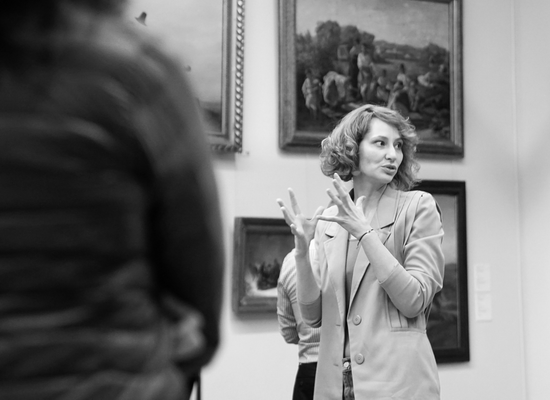
THIS INSTITUTION CANNOT BE REPLACED WTH ANYTHING BECAUSE THE DNA OF UKRAINIAN CULTURE, THE DNA OF OUR VISUAL PERCEPTION AND OUR SELF-REFLECTION ARE KEPT HERE
We began to create the vision of how to make this value visible to modern generations.
How can we attract young audience for whom a visit to museum is not a self-evident need? Modern technologies and modern exposition design should be introduced to engage a person at completely different level. First, one should be involved in at emotional and physical level, at the level of excitement, and then a visitor should be immersed in the historical and cultural context. Now we can afford some experiments. We make unexpected projects to provoke community’s reaction in order to explore it. It’s a difficult task. I have always been on the side of an artist, an art critic, professional community, and I have never been supportive of viewers who want to feel the connection at the level they can and with the space in which they find themselves.
We have understood that museum is a portal through which the general population can transform into conscious citizens who are scrupulous about their history and culture. It has been our task to form that history and we will continue to perform it.
YULIA
LYTVYNETS
Director General of the National Art Museum of Ukraine,
Alumna of 4th enrollment of the School for Strategy Architects
NATIONAL ART MUSEUM OF UKRAINE:
TRANSFORM ONESELF,
TRANSFORM PARTNERS
I have been working at the museum for a long time. Perhaps, not for that long, but feels like for life. The circumstances were such that I won the competition for the post of the Museum’s Director General. In this role, you begin to understand and analyse not only your path but also the processes taking place in the museum, regardless of context. To be honest, the Museum depends much on external factors.
The Museum is not a stable unit. Of course, it has a stable part that relates to exhibits. However, working with them, understanding them, and interpreting them is already a dynamic component. And we can work with it. The transformations here have always been quite interesting. These changes are linked not only with the restoration of works, but also with the conduct of new research, the emergence of new views about the processes that took place one hundred, two hundred or three hundred years ago. If to compare, for example, the present-day exhibition policy and that of 2001, we can see completely different approaches to the selection of projects, the ways of their implementation and the choice of partners.
I SAW HOW THE ATTITUDE TOWARDS MUSEUM WAS CHANGING.
The transformation of me as an individual, a personality, and a manager took place at the School for Strategy Architects. I had some feelings about the need for those transformations, there were some paths to choose from. The School gave me confidence in the choice that was made. You stop doubting, you reject fears and you start acting. It is very important.
It was interesting not just to undergo personal transformation but to see how other participants change. In the beginning they thought that a museum was something that existed but had no effect on the military, for example. A museum is like a repository of spent material. However, they realised over time that museum was an important part of their work. And we were aware that we could not do without education, business, media. They all became friends of the museum and now they are directly involved in our life by attending exhibitions and providing serious assistance in the implementation of projects.
I wish the museum became even more influential. Not only in the museum environment, because I have no doubt about our influence on other museums. We very often we are like walking in a minefield. For other museums, it is an example of what can be done, that it has been already tested and everything is fine, or vice versa, what should be avoided as we did not succeed there. I can say that now our museum has more influence on the public sphere. I have something to compare with, I have worked here for many years and have seen how the state's attitude towards the museum has changed from total disregard to understanding that one can use the museum, force it to organise a project, an exhibition or just demand some works for decoration of officials’ cabinets.
THERE IS ALREADY UNDERSTANDING AND AWARENESS OF VALUE OF THE HERITAGE KEPT IN THE MUSEUM. ITS VALUE IS NOT ONLY SUBSTANTIVE BUT HISTORICAL AND SPIRITUAL AS WELL.
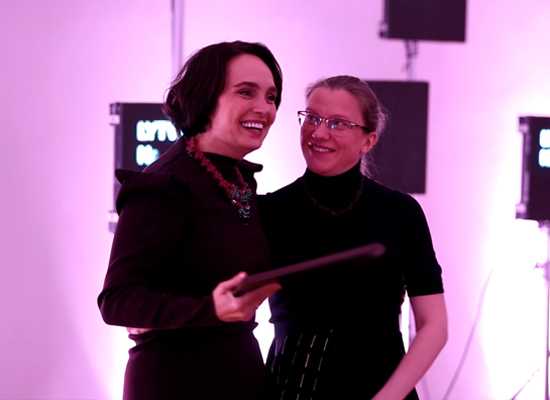
It seems to me that our society has begun to emerge as a nation. When we had the Revolution of Dignity, I remember the feeling of being a part of a great historical process that will have an impact not only on your country but on the whole world. It was very important for each of us to understand that we were changing and becoming a part of something big, a part of big changes. And not just an invisible part, but a very important one. Not just because we were there, “in the firing line”, but because the understanding of transformation in the society itself appeared. Society understands that it is a state. And it's a pleasure to be a part of this process.
WE
ARE
PROUD

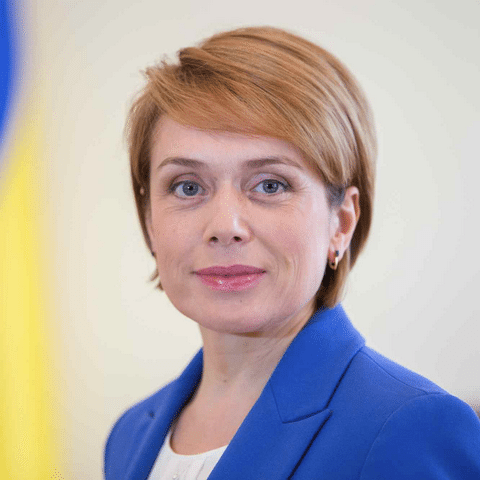
MINISTRY OF EDUCATION
AND SCIENCE OF
UKRAINE:
CONSISTENCY OF
CHANGES IN SHORT
POLITICAL CYCLES
LILIIA HRYNEVYCH
Ex-Minister of Education and Science of Ukraine
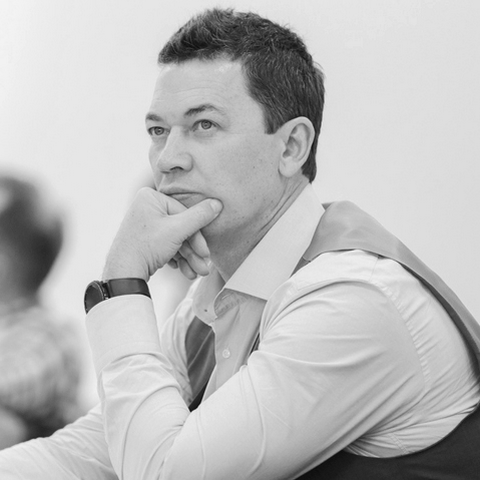
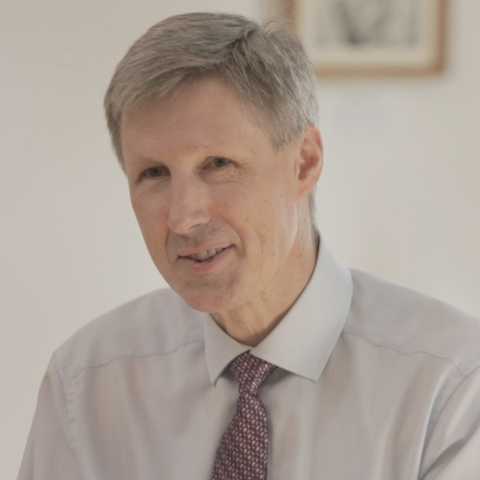
UKRAINIAN
WORLD CONGRESS:
EFFICIENT DECISIONS
AMID CHAOS OF WAR
SERHIY KASYANCHUK
Director of the Ukrainian
World Congress Mission (UWC) to Ukraine
